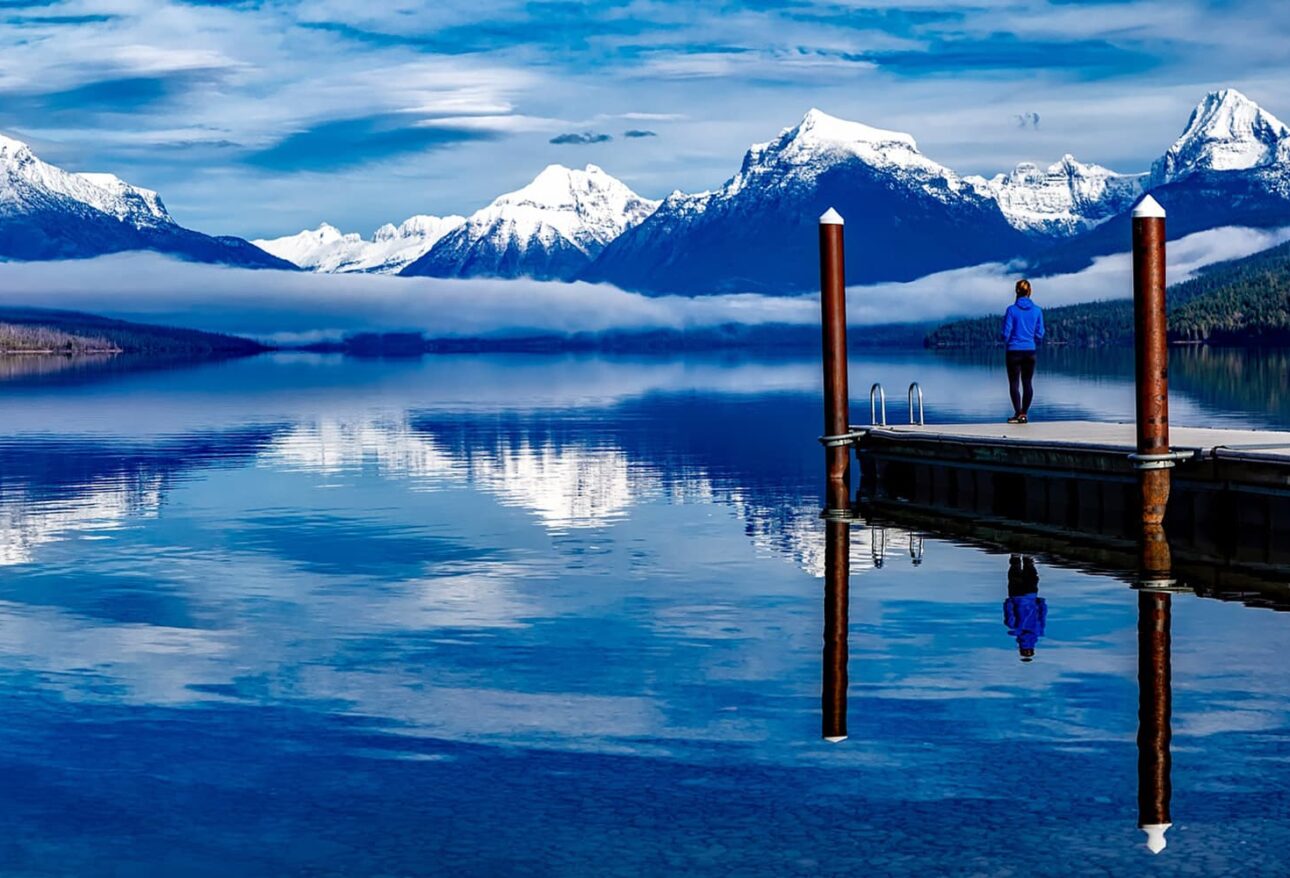Many call Glacier National Park the “Crown of the Continent” for its 1-million acres. Explore mountain peaks, paths, and enjoy watersports like boating and fishing at this UNESCO World Heritage site. This park, located in Montana, United States, is open for the whole year, waiting for you to start an adventure through breathtaking viewpoints and more. There is camping, cross-country skiing, and hiking and backpacking on the park’s 1200 km of trails. It wouldn’t be complete without mentioning the Going-to-the-Sun Road, which gets through the park and reaches the top of the Logan Pass.
Where is It?
Glacier National Park, a spectacular wilderness zone, is located in the northern Rocky Mountains of Montana, U.S., adjacent to Canada’s Waterton Lakes National Park and the Canadian border.
Many travelers prefer flying to Glacier Park International Airport or other nearby airports via just one stop. Additionally, East Glacier, West Glacier, and Whitefish are all stopovers on Amtrak’s Empire Builder. Another option is taking a road trip with a vehicle. It takes only 10 hours from Seatle, 4 hours from Spokane, and 6 hours from Calgary.
Facilities
Lodges
If you’re not planning on camping overnight, there are a few great lodges and cabins with fair prices and good facilities. Other hotels are located outside the park and within 15km.
Restaurants
There are at least seven restaurants and bars in different places in the park. You can expect American, Vegetarian Friendly, and Vegan Options there. The prices are okay, and most of them offer Lunch, Dinner, Breakfast, and Drinks.
Wildlife
Plants
Most of the park is covered by moist coniferous forest or sparsely vegetated rocks/snow. There are more than 60 species of ferns, more than 850 species of mosses and lichens, lots of trees and shrubs, Lichens, and numerous wildflowers.
Animals
The diverse habitats of Glacier National Park lead to a varied range of animal species. Many of these species are common and observable for visitors. There are more than 275 species of birds, 71 mammal species, six species of amphibians, several fishes, thousands of insects, and a few reptiles. The most notable species here include Mountain goat, Bighorn sheep, American black bear, Canada lynx, Elk, Snowshoe hare, White-tailed deer, Kinglets, etc.
Best Time to Visit
There are varying best times of the year to visit Glacier National Park according to your interests. However, most people prefer late June through mid-September. During this time, visitors can expect a temperature of 70°F during the day, with lower temperatures at night. During this time, activities like driving the Going-to-the-Sun Road, rafting, fishing, hiking the trails, camping, and exploring different park regions are available.
You should consider visiting from May through mid-June if you are a fan of cycling. From May to June, the river reaches its highest point since runoffs from the mountain run into it during spring. Still, many prefer July, August, and September for rafting, as it seems more family-friendly.
Are you seeking silence? During the Fall is the best time for you. With lower river levels, gorgeous aspects of nature make a wonderful visit to a Glacier National Park. Lots of day hikers enjoy this time too. The only thing is that many lodges and restaurants might be closed. You may have to look for the accommodations at the entrance of the park or try camping. Rain is expected too.
Overall, the temperature varies from a year to another, so make sure to check the weather before planning a visit to Glacier National Park.
Places to Visit
Apgar
Apgar is one of the most known villages, located in the western area of Glacier National Park. Access is easiest from the West entrance. In Apgar, you can camp in one of the most popular and most crowded campgrounds. There is a Visitor Center, Restaurants, Lodgings, huge gift shops, paddleboat rentals, and fortunately, an ATM. Horseback Rides and Bus Tours are available either. Hikers exploring solitude and nature Will enjoy Apgar, with more than 1125 kilometers of tracks.
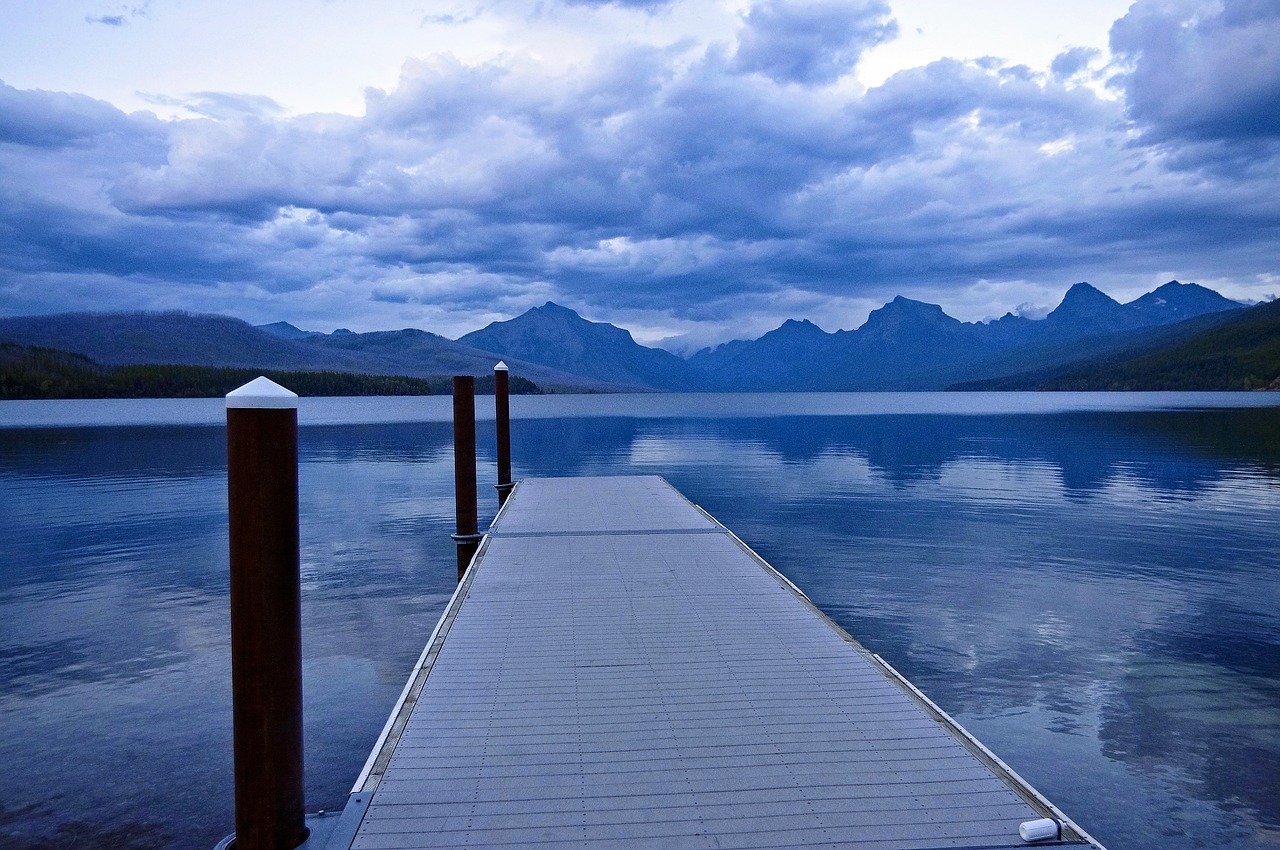
Logan Pass
Logan Pass is the highest elevation in the park (more than 2000m), and you can reach it by car. This place is popular among travelers, in a way that the parking lot is usually occupied throughout 8:30 AM and 4:00 PM. Don’t forget to visit the exhibits behind the Visitor Center. There are essential information difficulties that animals are experiencing due to climate changes. Alongside the Visitor Center, there are restrooms, drinking water, and guides for hiking and backpacking.
The daylight of early hours provides you the best time for photography in the mountain, as the area is not crowded yet and you can observe the animals. You can hike in two famous paths of the Hidden Trail and Highline Trail. During the wildlife viewing and hiking, it is likely to observe bighorn sheep, mountain goats, and even on rare occasions, a grizzly bear.
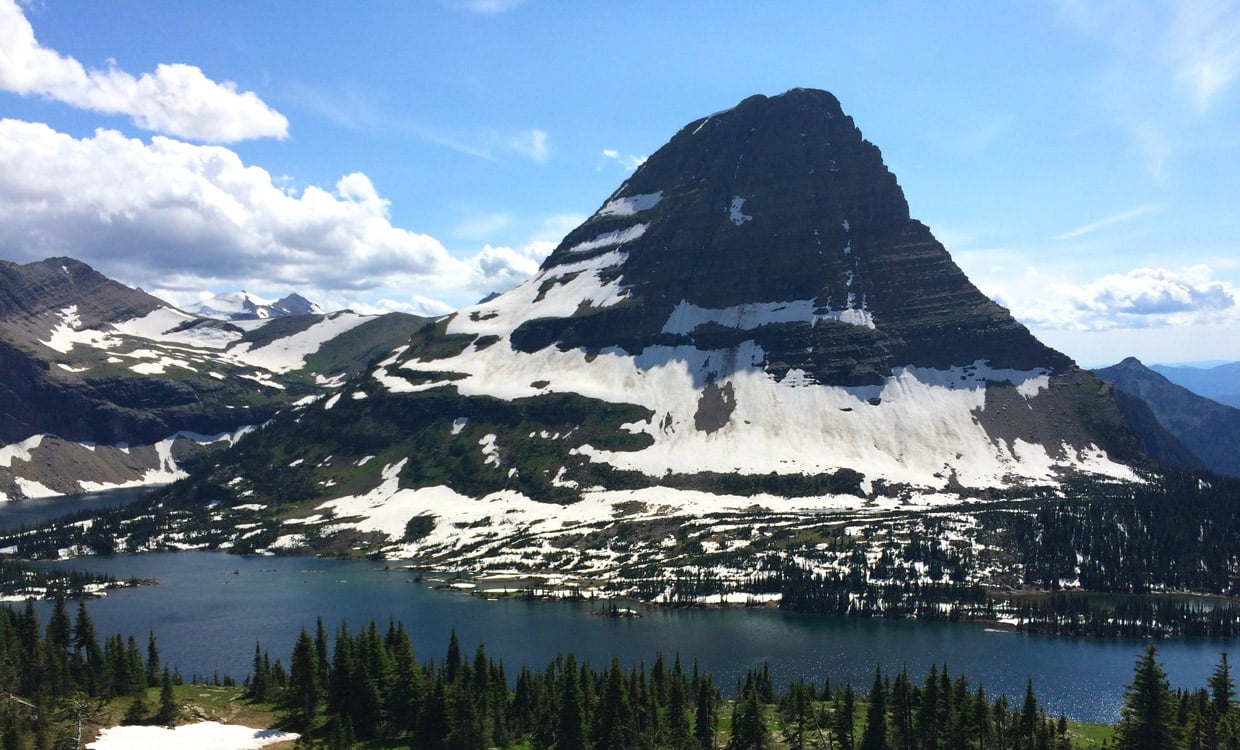
The North Fork
The North Fork area is only reachable via private vehicles on dusty, unpaved roads. There are not many facilities, so basically, everything is on yourself. Take the whole day to get to and from Kintla and Bowman Lakes, and pack your lunch. It is recommended to drive with a car that can change a tire, as there might be a flat tire problem. Remember that vehicles over 21’ and trailers cannot run on any trails of The North Fork. Exceptions include the private horse trailers accessed at the Bowman horse corral.
At the North Fork, you visit lakes like Bowman Lake and Kintla Lake and creeks like Logging and Quartz. There is also access to drinking water, a picnic area, and toilets. Although the trail is a bit muddy and not easy to pass, you will not regret crossing it. Amazing views of lakes, rural areas, and the chance of observing unique species are what you will get as a reward.
- Note that there is no cellphone service in the whole area.
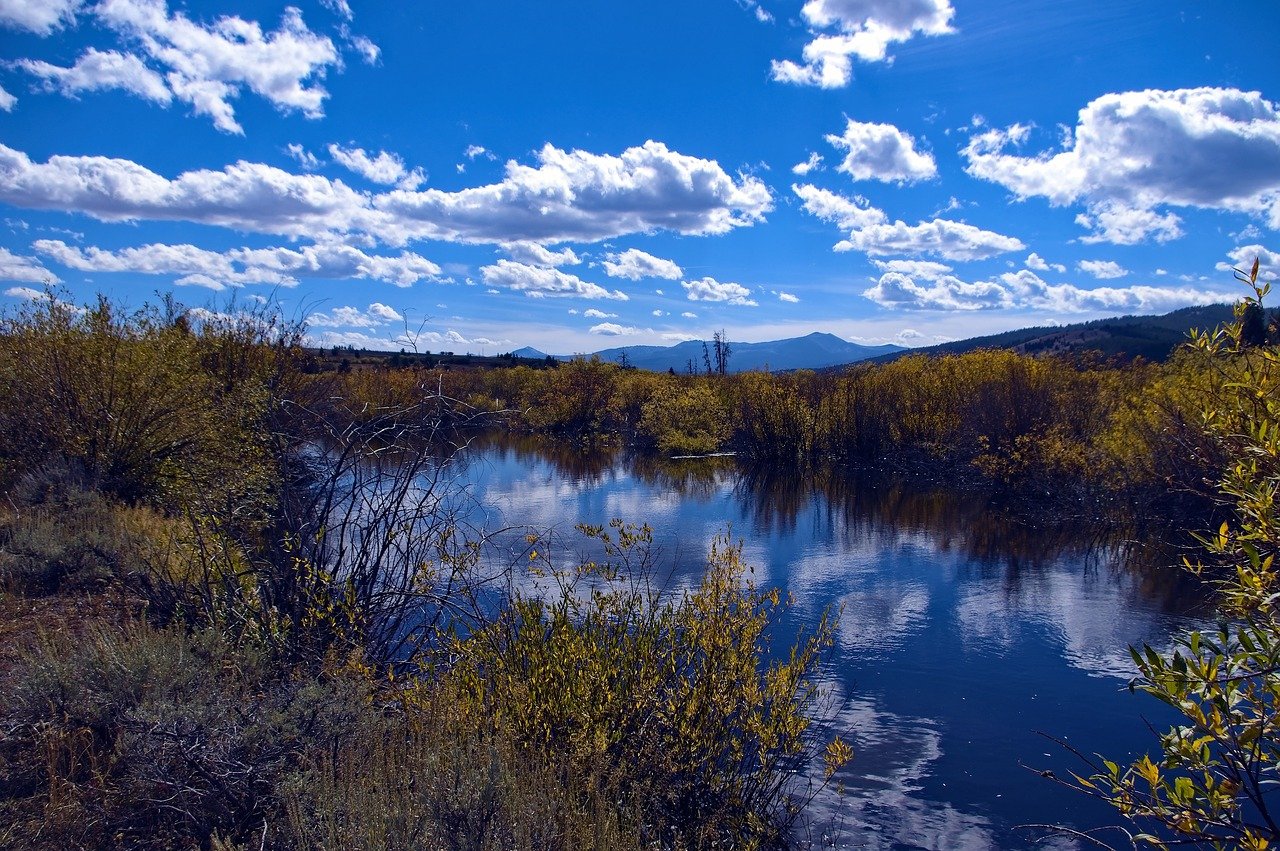
Going-to-the-Sun Road
The Going-to-the-Sun Road, which encircles the park from the eastern section to the western area, was constructed in 1932 and is a magnificent 50-mile paved two-lane highway. Passing this road, you will find the chance to see almost every kind of viewpoint, from vast glacial lakes and untouched woods to alpine tundra in upper levels. Alongside the road, lodges and restaurants are available but keep in mind that there’s no gas station available in the Going-to-the-Sun road or any other part of the Glacier National Park.
Different parts of Going-to-the-Sun Road are open for the whole year, but keep in mind that the entire road is not typically available until late June. This ultimately depends on the weather condition, and the opening time can change. Overall, the road is usually open until the middle of October.
There is a restriction for car entrance. Vehicles (including bumpers) larger than 21 feet and those wider than 8 feet are permitted only between the Avalanche Campground and the Rising Sun picnic area. From the 15th of June, and from 11:00 AM to 4:00 PM, some road parts are closed. The way between Apgar turnoff to Sprague Creek Campground and Logan Creek to Logan Pass are only available for cycling.
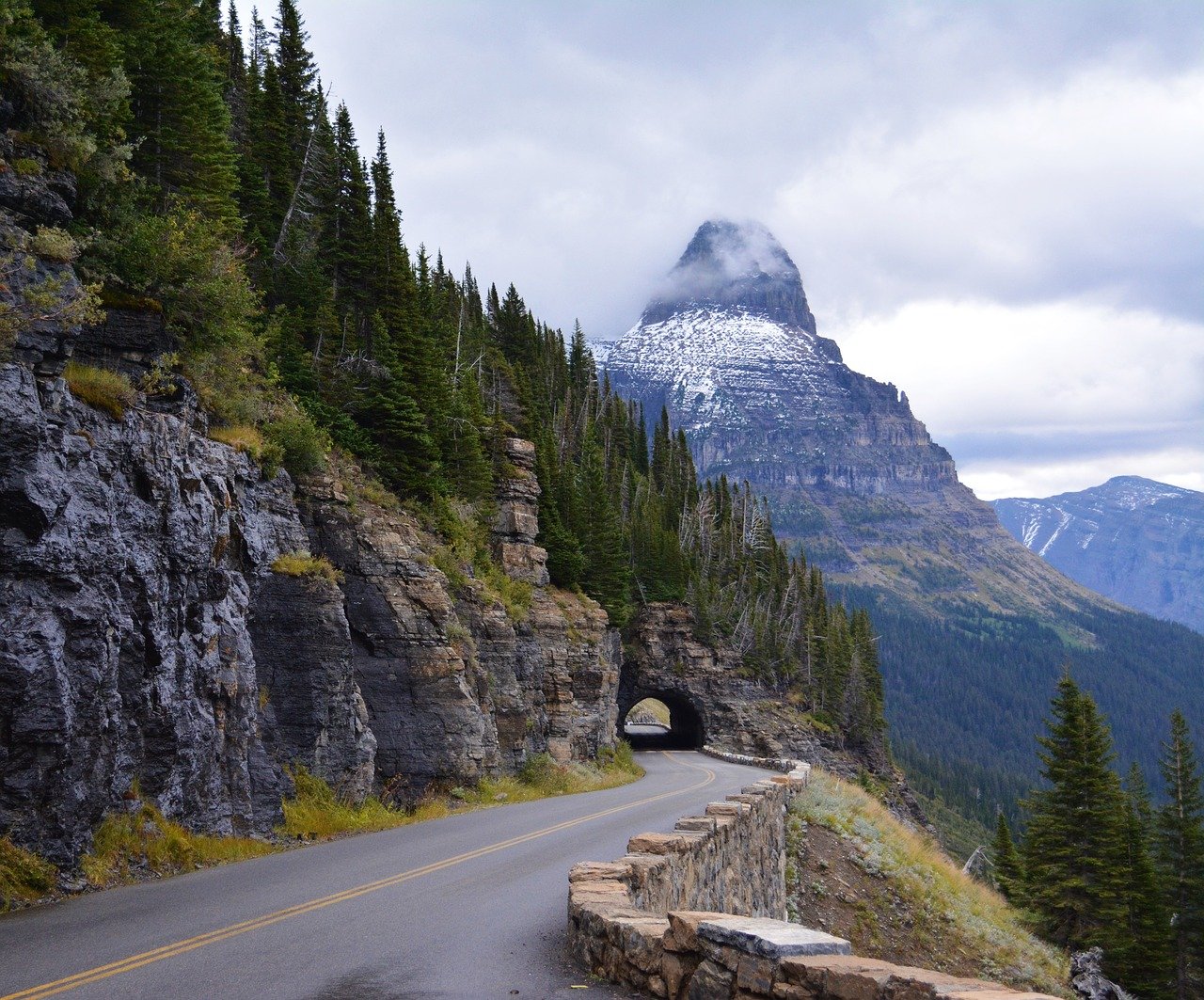
Lake McDonald
Lake McDonald is the vastest lake in the Glacier National Park. The lake stretches for approximately more than 15 km and measures over 1.5 km in width, and about 130 meters deep. Near Lake McDonald, there are all kinds of needed facilities. There are lodges, boat rentals, restaurants, gift shops, ATMs, campsites, bus tours, and Horseback rides.
Lake McDonald houses many trouts and other gamefish species, but it’s not a recommended fishing area. McDonald Creek empties into the lake and drains into the Middle Fork Flathead River shortly after that.
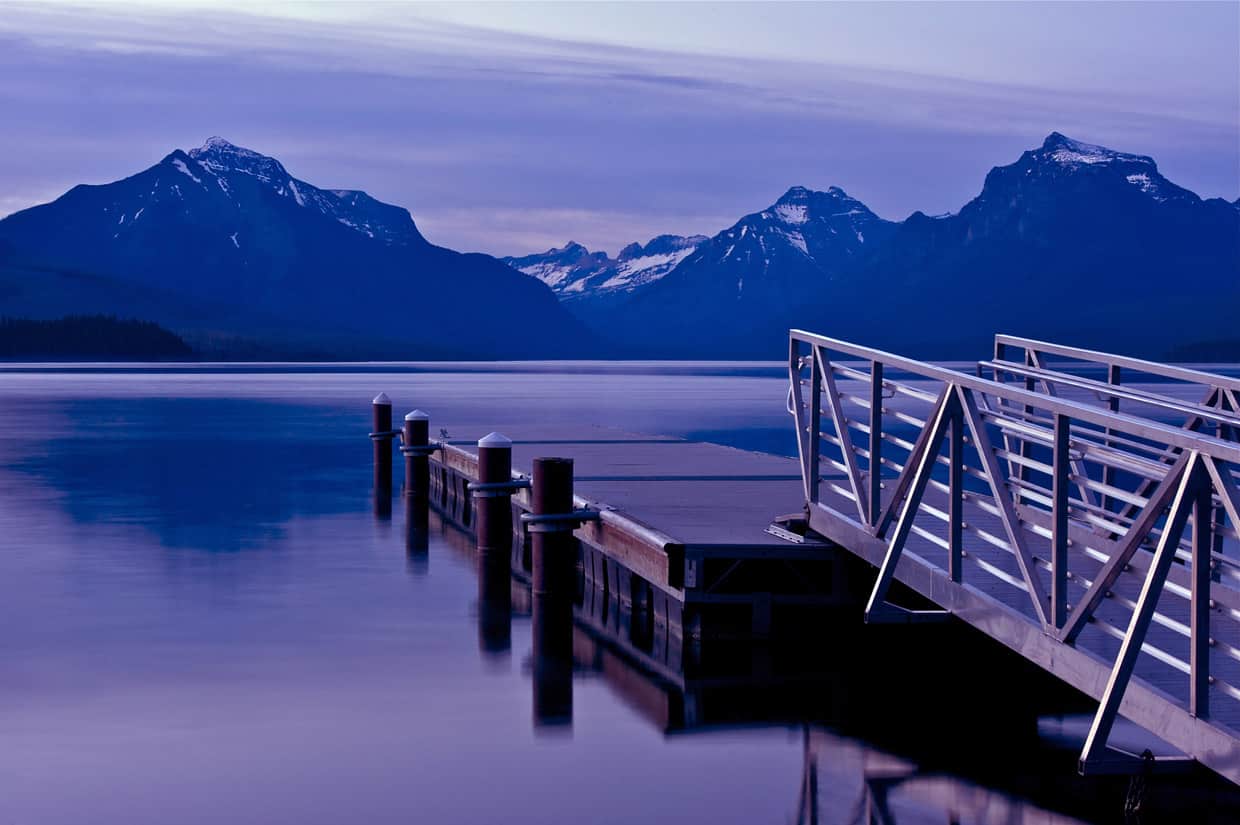
Two Medicine
Two Medicine is the commonly used term for an area in Glacier National Park’s southeastern portion. Numerous Native American tribes honored the area as holy land.
Many hiking trails head west and north from the Two Medicine. Three lakes influence the area, including Lower Two Medicine Lake, Two Medicine Lake, and Upper Two Medicine Lake.
You will experience some of the most enjoyable hikes here. Also, there are huge campsites on the coast of the lake, Boat rentals, bus tours, and more facilities available at the campsites.

Other Places
Rising Sun, Goat Haunt, and Many Glacier are other places in Glacier National Park. All of them contain gorgeous viewpoints and excellent facilities just like the mentioned places. Don’t miss them!
Things to Do
Biking
A bike ride in Glacier National Park is one of the best things one can do in Glacier National Park. You can enjoy cycling on all roads; however, it’s not permitted on specific paths. Make sure to ask about them before cycling. Also, from mid-June to Labor Day, some sections of the Going-to-the-Sun Road are prohibited for cycling because of safety matters. This restriction is from 11:00 AM to 4:00 PM.
Fishing
Glacier National Park’s 2,584 km of streams and 253 lakes do not demand a fishing license. This park may be the only spot in the US where fishers can catch up to 22 different types of fish. Fishing manuals are purchasable in the gift shop, and you can still speak with a park ranger to inquire about any new rules. Please consult the fish consumption guidelines if you intend to keep fish to eat. Also, remember to check for the waters that are closed for fishing.
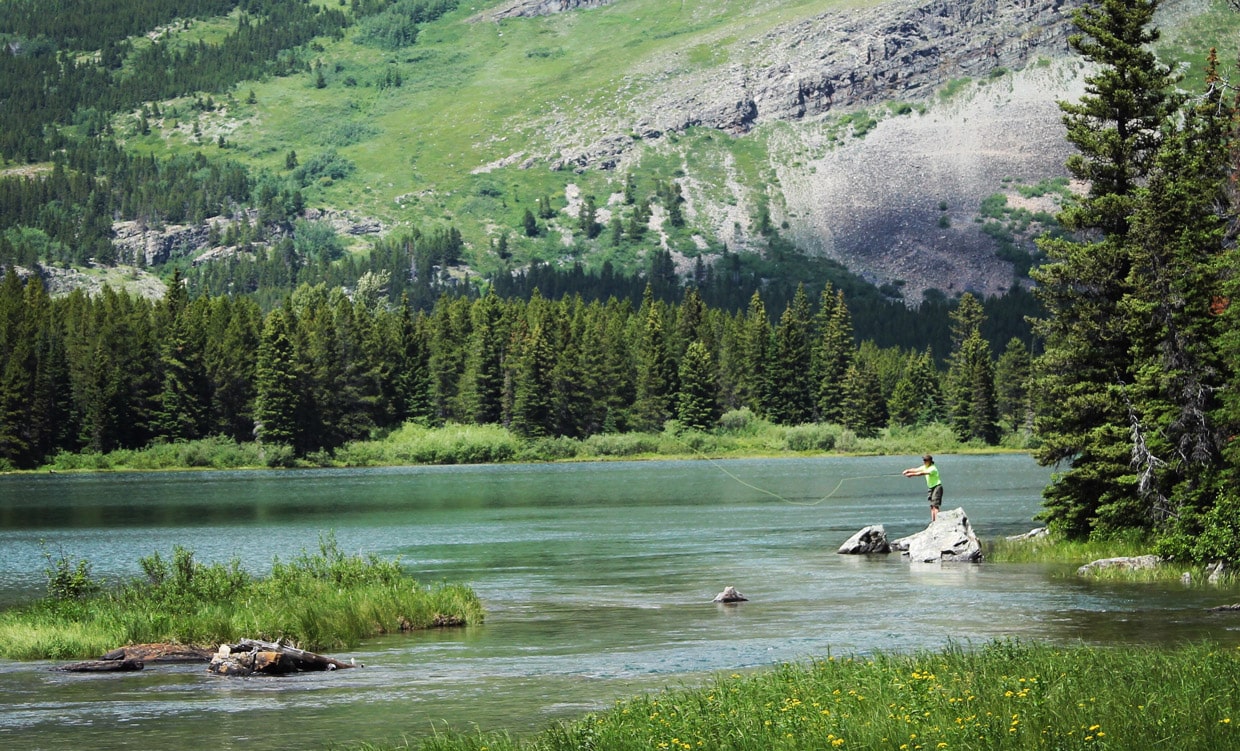
Camping
Sleep under the stars and enjoy a campfire at the campsites of Glacier National Park. Over 1,000 campsites to choose from are located at 13 campgrounds.
This park offers online facilities, which help you check fees, available campgrounds, which campgrounds are full, etc.
If driving a truck or RV, make sure to check if your chosen campground allows the entrance. There are other regulations for each campground, so make sure to check them properly. Note that camping is forbidden in any place rather than campgrounds. Remember to take all the needed things. Don’t forget to bring bug repellent, Sunscreen, suitable shoes, rain gear, and warm clothes.

Boating
Boating opportunities abound in Glacier National Park. There is boat launching ramps at Bowman and McDonald Lakes on the park’s western area, and on the park’s eastern region, there are boat launching ramps at St. Mary and Two Medicine Lakes. Apgar, Lake McDonald Lodge, Rising Sun, Many Glacier, and Two Medicine all have boat rentals. Many tinier lakes are accessible by canoe or raft. Please check the regulations and remember that the rivers and lakes of this Park are Icy.
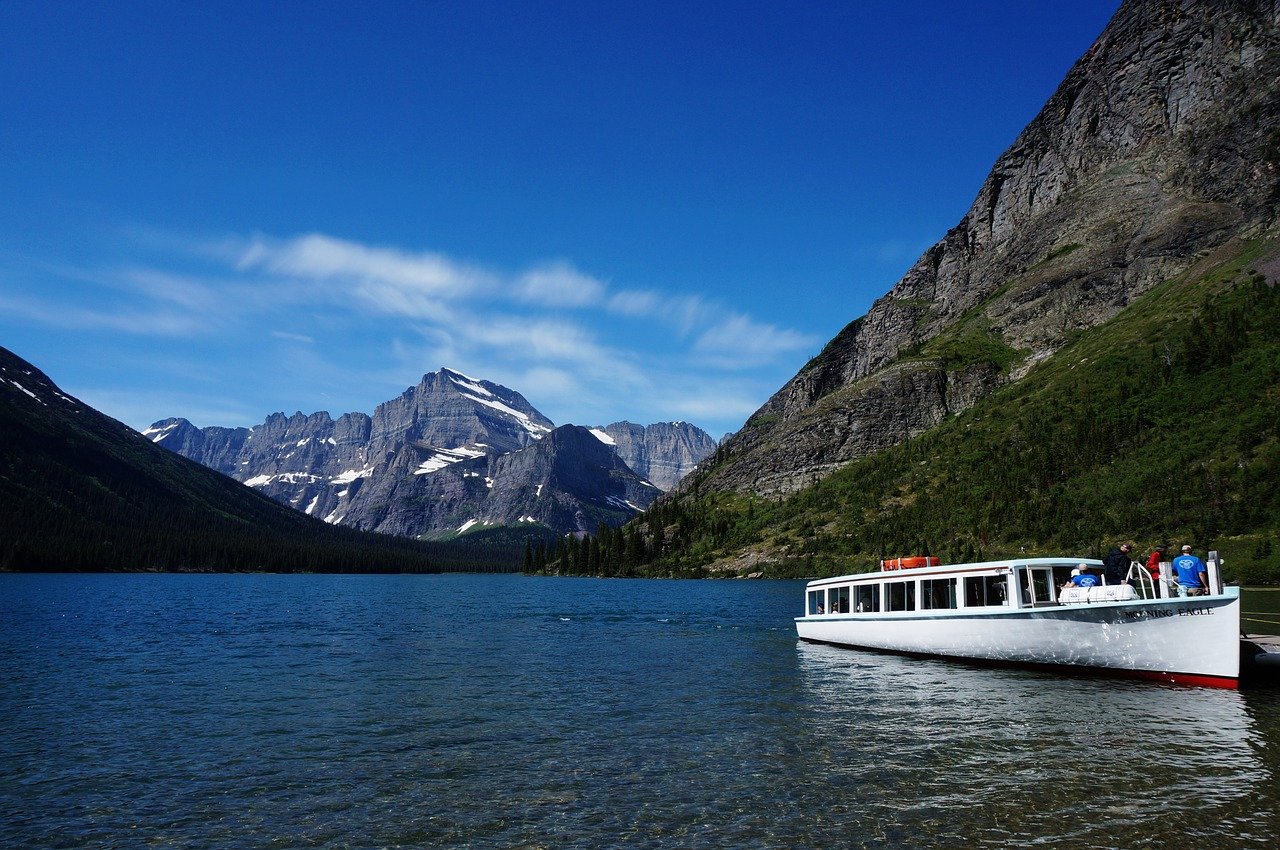
Hiking
Glacier National Park has about 1,200 km of trails. You have many options to choose from. You can take short hikes or try long backpacking trips. Travelers may want to plan a day trip or an overnight one. Those who don’t feel confident about hiking on their own can try guided hiking tours instead of self-guided hikes.
Snow usually doesn’t pile up on lower-level trails of Glacier National Park’s outer edge in early winter. Throughout July, snow is gone from the higher elevations, the mountain passes, and the Continental Divide.
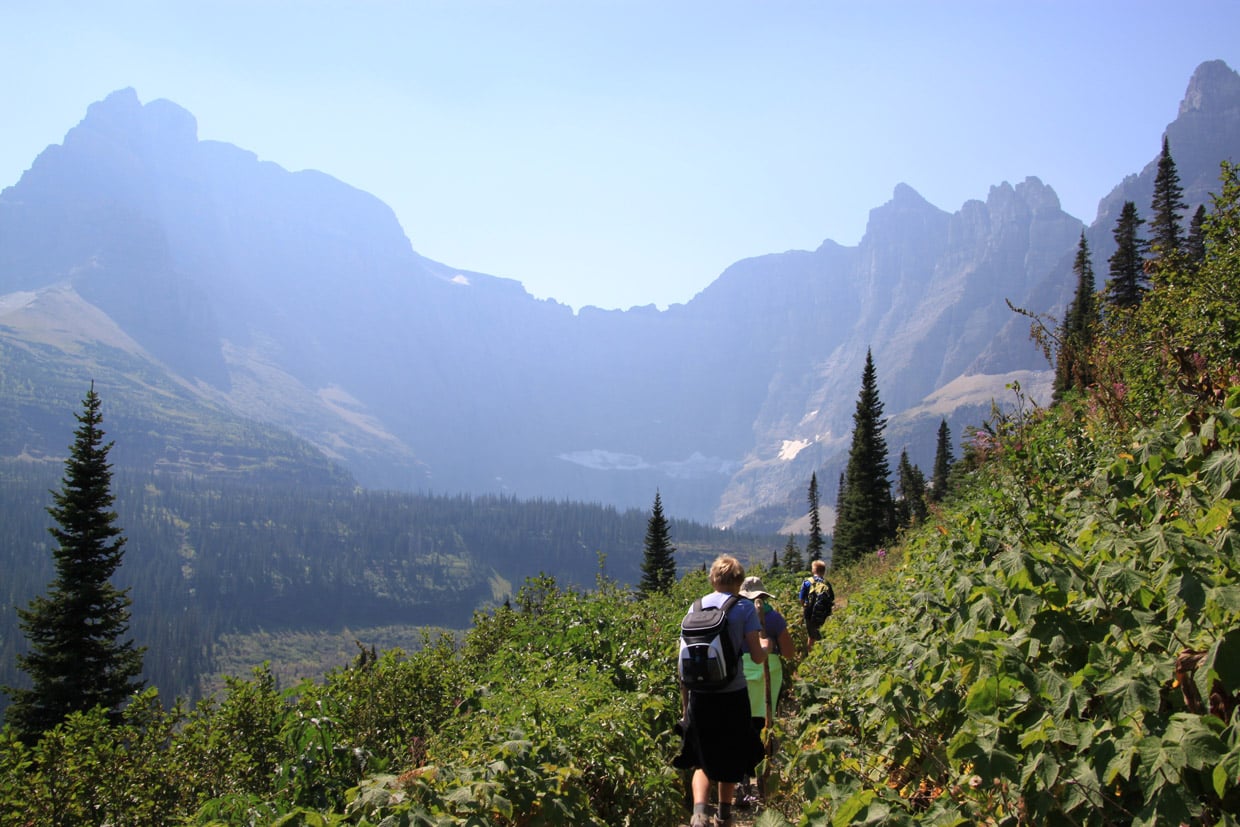
Skiing
Glacier National Park’s peaks and passes are covered with snow much of the year, offering plentiful opportunities and breathtaking viewpoints to skiers and snowboarders. There is excellent backcountry skiing in the park and downhill skiing at local resorts. For your own safety, if you are traveling in winter, you should hire a local guide or someone who knows the area well.
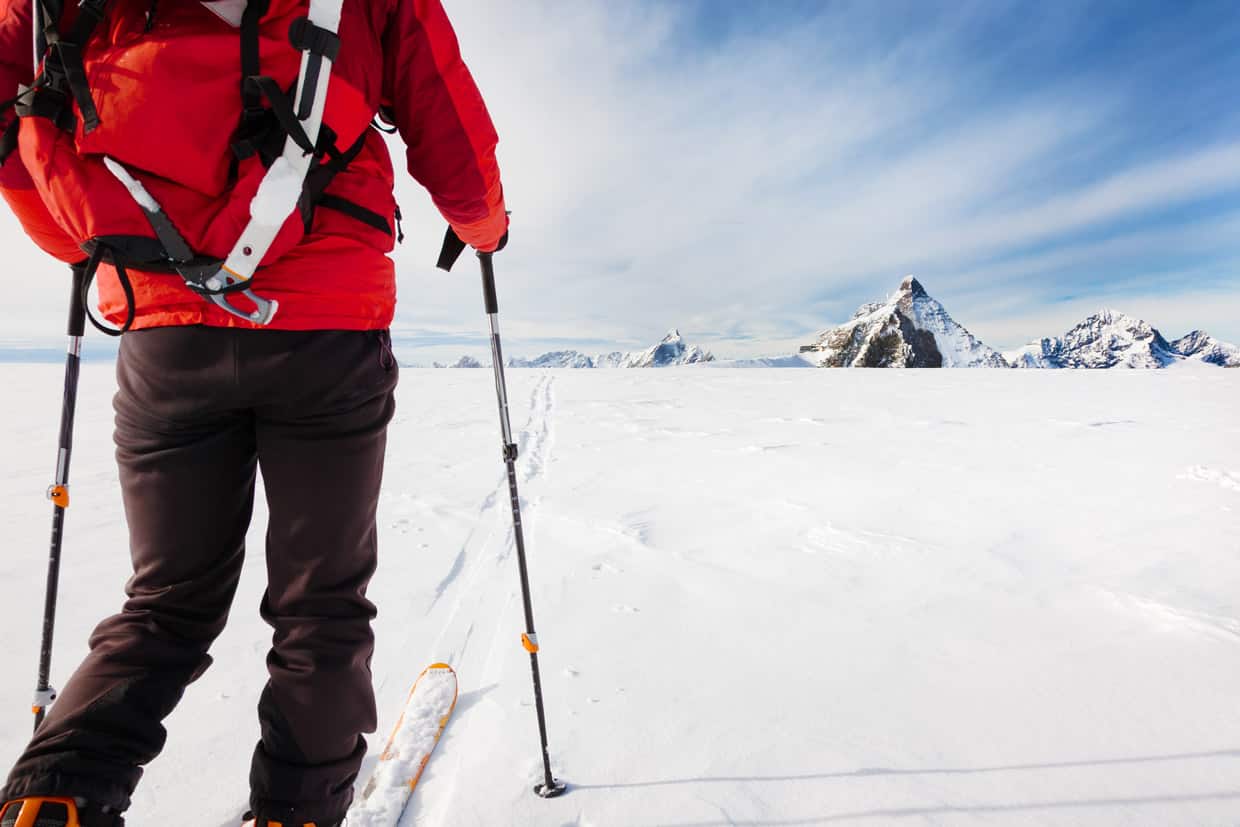
Opening Hours and Entrance Fee
Glacier National Park is open for the whole year, 24 hours a day, seven days a week. Even on holidays such as Thanksgiving, New Year’s Day, and Christmas Day, you can visit there. The only limitation is during the winter. At this time, the park is officially open, but many sights might be closed because of the snow.
To enter Glacier National Park, you have to pay an entrance fee. If you are traveling in a single, private, non-commercial vehicle, you can purchase 7-day permission, which costs $35.00. With $20.00 per person, you can buy a single entry. A visitor on foot, a cyclist, or a non-commercial, organized group who rents a car or bus qualifies for this pass. However, if you’re entering with a motorcycle, you have to pay $30.00. If you are interested, you can purchase an annual pass for $70.00. With this pass, you, as the purchaser, can take other passengers in a single-car, or your family members.
If you want to visit Going-to-the-Sun Road, you need to purchase an Entry Reservation Ticket that costs $2.00.

